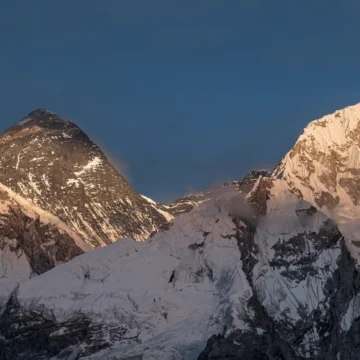
Khumbu Cough Meaning, Symptoms and Treatment
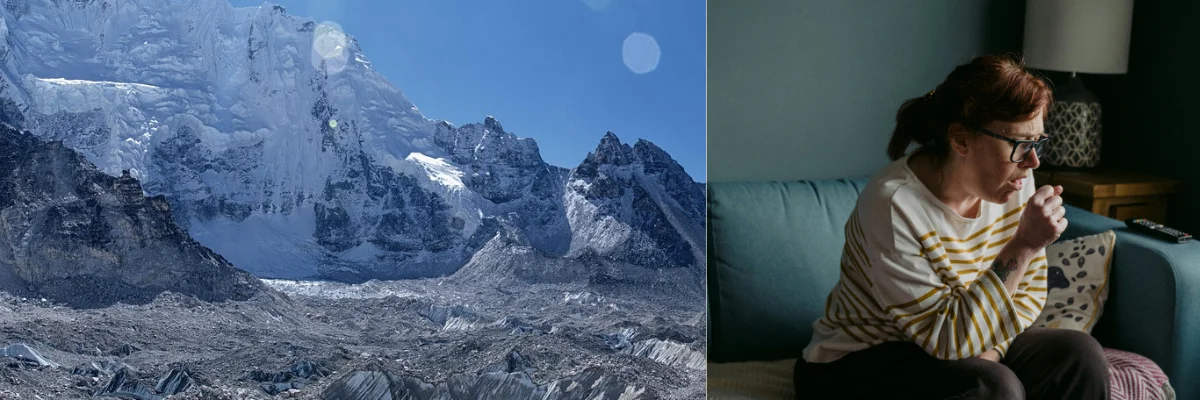
Table of Contents
Khumbu Cough is common for climbers and trekkers walking above 2500 m elevation. It is named after the Khumbu valley, which you go through on an Everest expedition. In the mountains, the low level of oxygen and cold and dry air are the primary reasons behind the development of Khumbu Cough. The conditions at elevations exceeding 2,500 meters (11,500 feet) cause this reaction, which doctors do not classify as a disease.
Symptoms of Khumbu Cough
When you get Khumbu Cough, you feel the following complications.
- You get a continuous and dry cough.
- A cough with white phlegm
- Running nose
It can make you cough so hard that you will have to hold your sides to cough.
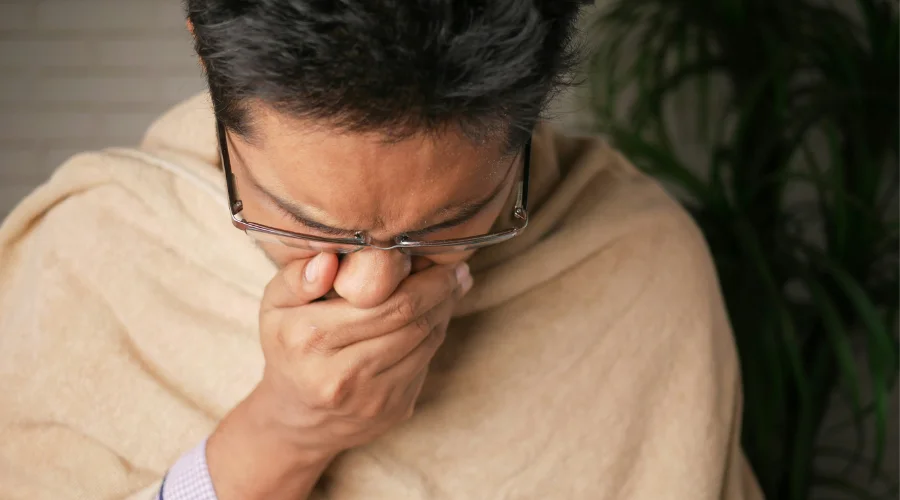
Causes
- Dry and cold air irritates the airways
- Low humidity leads to throat dryness
- High altitude exposure affects lung function
- Heavy breathing during trekking, which worsens irritation
Treatment
If you develop this cough, you will need to do treatment in the following way.
- If you are pushing yourself, take rest and stay warm
- Drinking warm liquid tea or soup proves beneficial.
- Take cough drops or use mild medication according to medical recommendations.
- It is necessary to descend to a lower altitude in the case of severe symptoms.

Are there clinics to treat AMS on Everest trekking routes?
The Himalayan Rescue Association operates its permanent aid post through HRA non-profit organization in Manang under medical supervision by volunteer doctors from HRA. During the trekking season, the Khumbu village of Pheriche, at 4,280 m, is serviced by a small aid post operated by volunteer doctors. HRA also provides services at a camp located at Everest Base Camp throughout mountaineering season.
Tips to minimize the risk of getting Khumbu Cough
- Wear a buff or mask that will add both heat and moisture to breathing air.
- Drink water to avoid throat dryness from occurring
- A gradual elevation of altitude helps minimize lung stress.
- Respire through the nasal passages rather than the mouth.
- Your throat will experience relief through the use of steam inhalation in combination with lozenges.
If you had rib surgery, abdominal surgery or given birth by caesarean. You will have to be extra careful about this cough. Before travelling to high-altitude regions, make sure you visit your doctor and consult about your surgery. You might not have healed to withstand the symptoms of this Cough.
Is it Dangerous?
The medical danger associated with Khumbu Cough does not exist, but the symptoms affect trekking comfort levels. Breathing problems can arise when extreme coughing results from neglecting its symptoms. Only in very unusual instances can Khumbu Cough symptoms be mistaken for acute altitude sickness or respiratory infection.
How Long Does Khumbu Cough Last?
The duration of Khumbu Cough depends on how long someone remains at high altitudes. The duration of Khumbu Cough is between a few days to multiple weeks based on altitude level and exposure. A combination of rest, hydration and warm fluids helps patients recover in one week if appropriate medical care is provided. However, the symptoms of Khumbu Cough tend to continue occurring after a person returns to lower elevations in rare cases.
Want to know more?
Speak to an Expert





Sandip Dhungana
Nepal 🇳🇵
Whatsapp: +977-9823636377

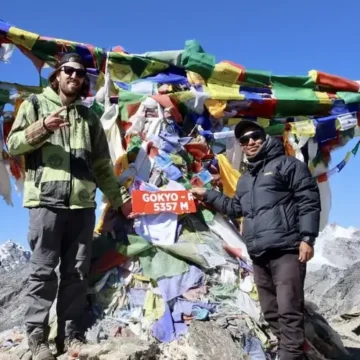
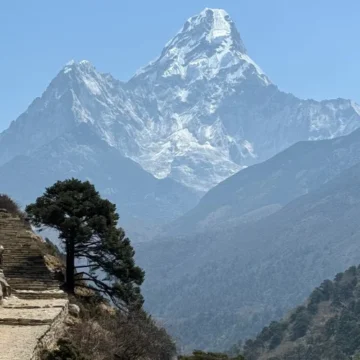


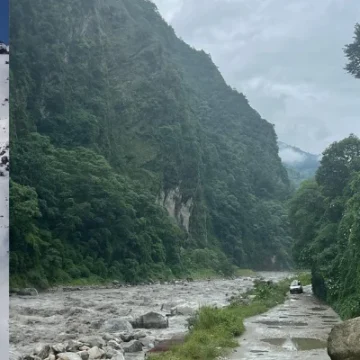
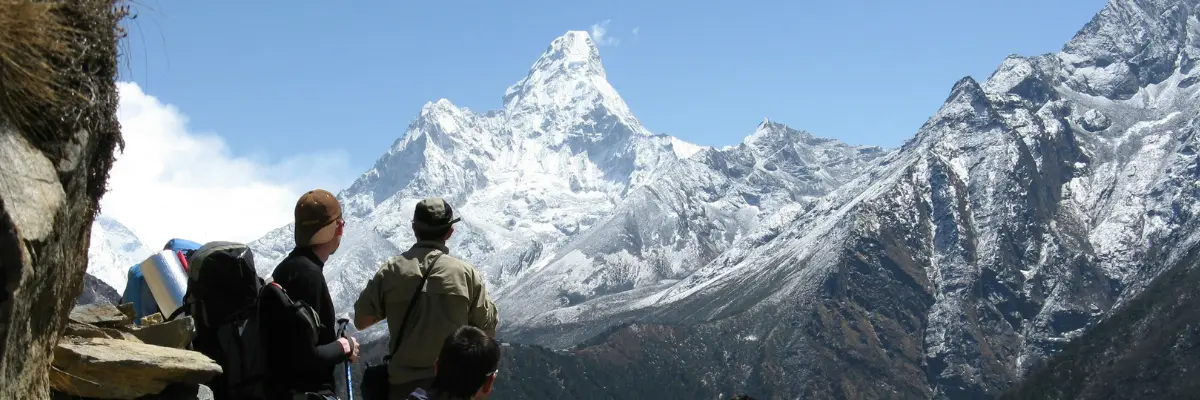
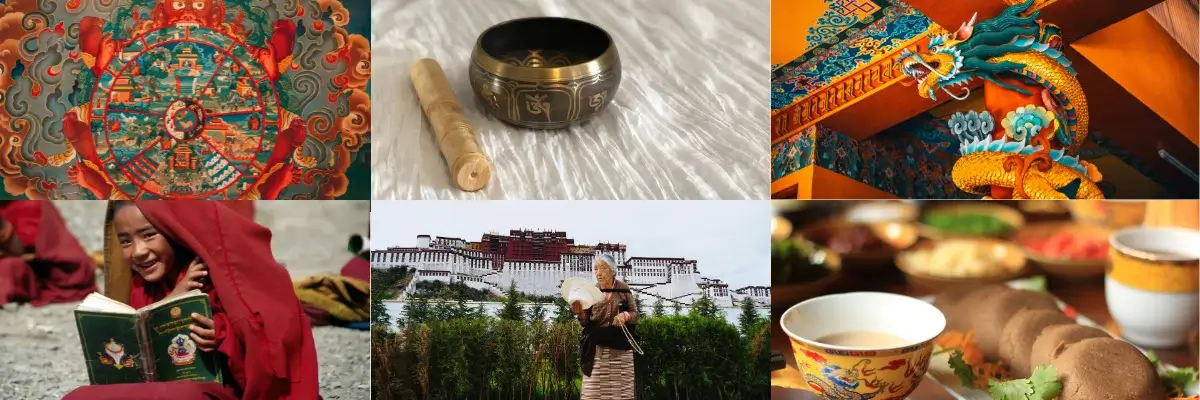
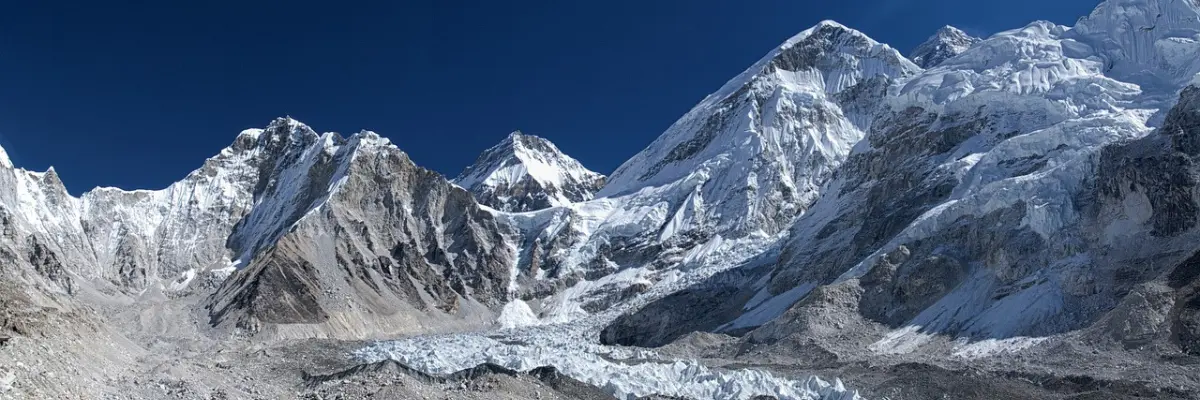
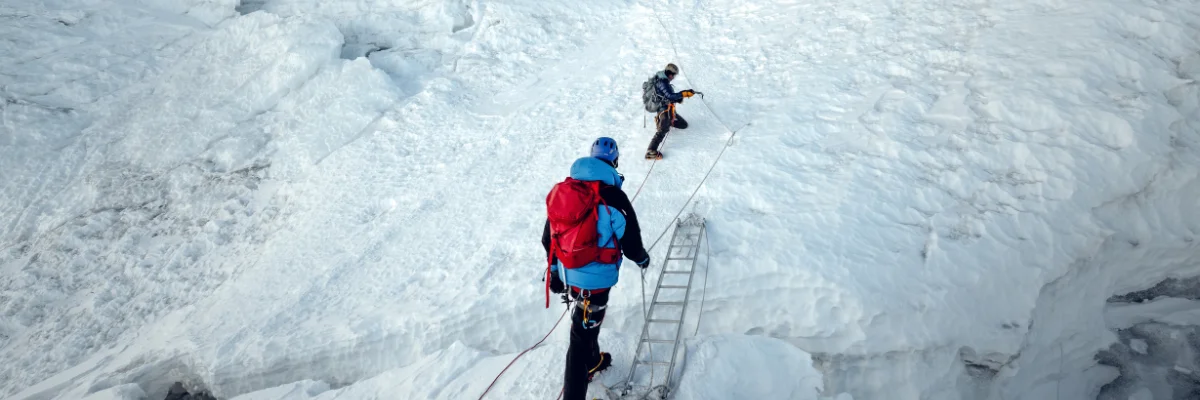
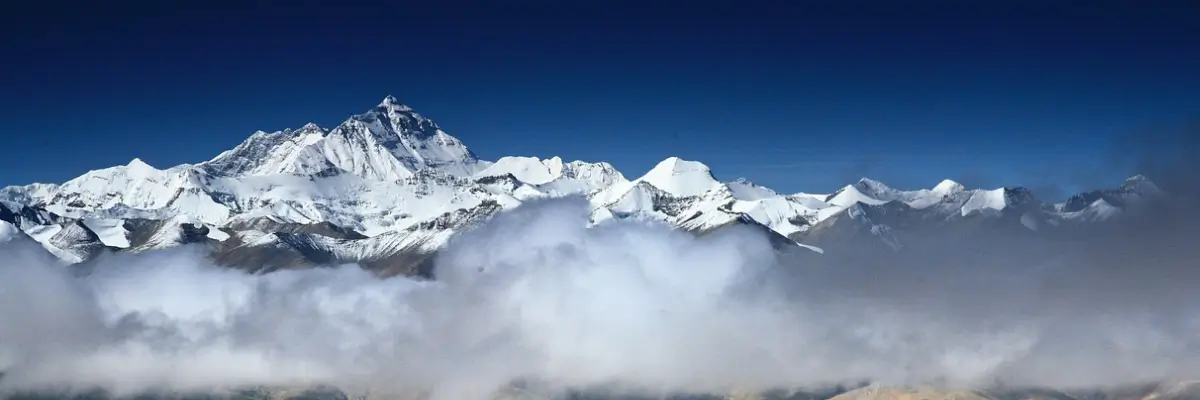

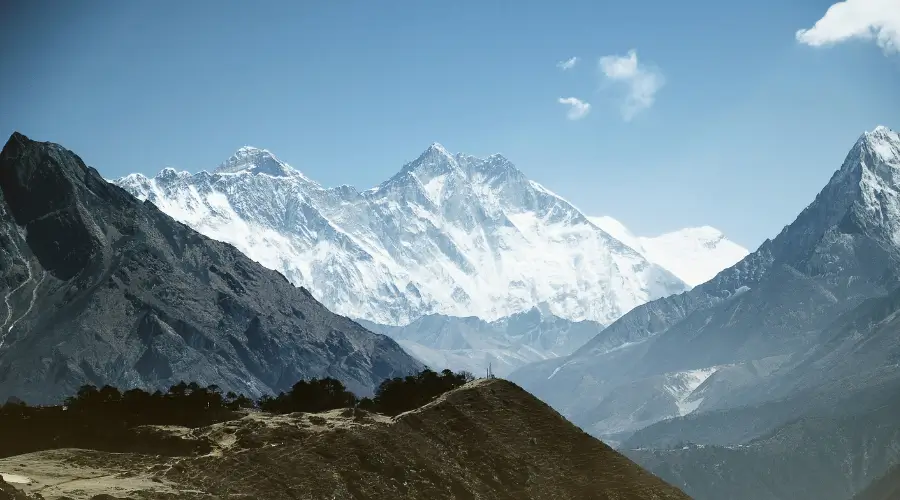









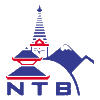



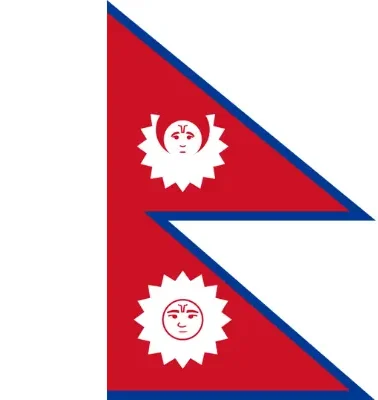
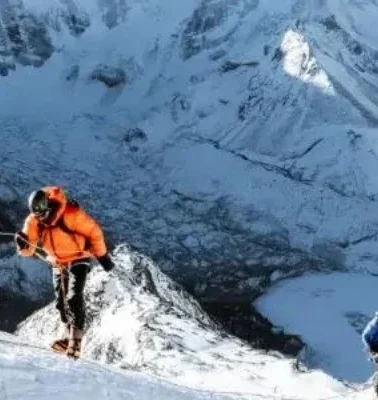
Leave Your Comment